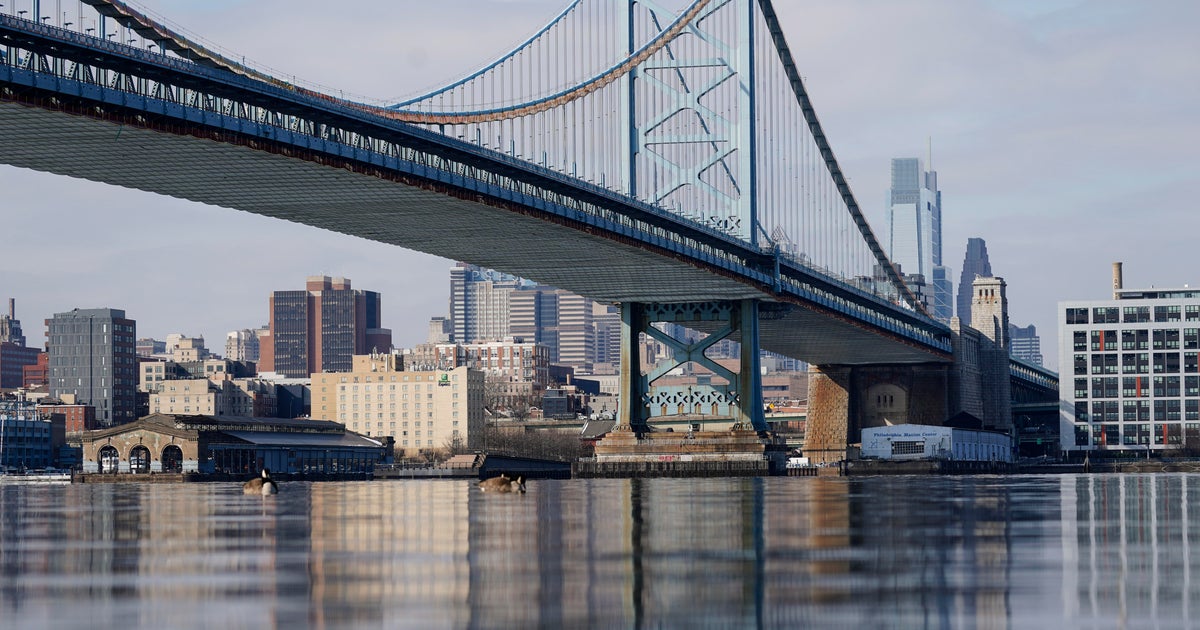The Philadelphia Water Department’s pipes and sewer systems continue to dump raw sewage into rivers and creeks, a new report says.
The report published by PennEnvironment Research & Policy Center says officials in Philadelphia — as well as leaders in Camden, Gloucester and Camden County — need to do more to keep local waterways clean for recreation and wildlife.
In Philadelphia, five local bodies of water — Cobbs Creek, Delaware River, Frankford Creek, Schuylkill River and Tacony Creek — had at least one drain that overflowed with sewage on an average of 65 days per year from 2016 to 2024, the report says. That sewage can linger in the water for multiple days, meaning there were dozens of days each year that those waterways were unsafe for people.
From financial year 2016 through 2024, 12.7 billion gallons of raw sewage mixed with polluted stormwater flowed into local waterways every year in Philadelphia, the report says. Some of that waste is coming from suburban communities and industrial facilities that are allowed to put waste into the city’s sewer system.
In Camden County, untreated sewage flowed into the Delaware River and other waterways an average of 76 days per year during that time period.
Swimming, boating and fishing in polluted water cause about 90 million cases of illness each year in the United States, according to PennEnvironment.
The report includes recommendations for local and federal leaders and points to cities like Portland, Oregon, which it says has invested in infrastructure to help keep its waterways clean.
City Councilmember Jamie Gauthier, chair of the Committee on the Environment, said she is working with the water department to address the issue with more urgency.
“It angers but does not surprise me that my constituents in Cobbs Creek experience the highest volume of sewage overflows,” Gauthier said. “And at this rate, PennEnvironment reports it will take decades for rivers and creeks to be regularly clean enough for full recreation.”

